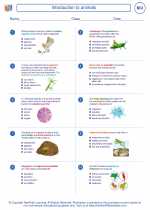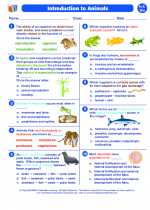Synapses
A synapse is a specialized junction that allows a neuron to communicate with another cell. It is the fundamental unit of communication in the nervous system, enabling the transmission of signals between neurons and from neurons to other types of cells, such as muscle cells or gland cells.
Structure of a Synapse
A typical synapse consists of a presynaptic terminal, a synaptic cleft, and a postsynaptic membrane. The presynaptic terminal contains neurotransmitter vesicles, which are small sacs filled with chemical messengers called neurotransmitters. The synaptic cleft is the narrow gap between the presynaptic terminal and the postsynaptic membrane. The postsynaptic membrane contains receptor proteins that bind to the neurotransmitters released from the presynaptic terminal.
Types of Synapses
Synapses can be classified into two main types: electrical synapses and chemical synapses. Electrical synapses allow for direct electrical communication between neurons, while chemical synapses involve the release and binding of neurotransmitters to transmit signals.
Function of Synapses
Synapses play a crucial role in the transmission of signals in the nervous system. When an action potential, or electrical signal, reaches the presynaptic terminal, it triggers the release of neurotransmitters into the synaptic cleft. These neurotransmitters then bind to receptor proteins on the postsynaptic membrane, leading to changes in the postsynaptic cell's membrane potential and ultimately influencing whether an action potential is generated in the postsynaptic neuron.
Study Guide for Synapses
- Understand the structure of a synapse, including the presynaptic terminal, synaptic cleft, and postsynaptic membrane.
- Learn about the types of synapses, including electrical and chemical synapses, and their respective functions.
- Explore the role of neurotransmitters in synaptic transmission and how they influence the postsynaptic cell's membrane potential.
- Consider the significance of synapses in enabling communication within the nervous system and their importance in processes such as learning and memory.
◂Biology Worksheets and Study Guides High School. Introduction to animals

 Worksheet/Answer key
Worksheet/Answer key
 Worksheet/Answer key
Worksheet/Answer key
 Worksheet/Answer key
Worksheet/Answer key
 Vocabulary/Answer key
Vocabulary/Answer key
 Vocabulary/Answer key
Vocabulary/Answer key
 Vocabulary/Answer key
Vocabulary/Answer key
